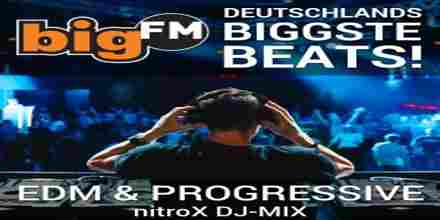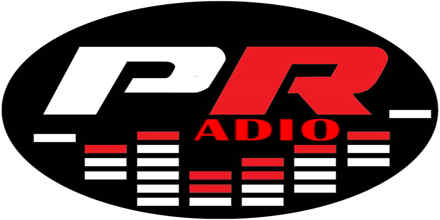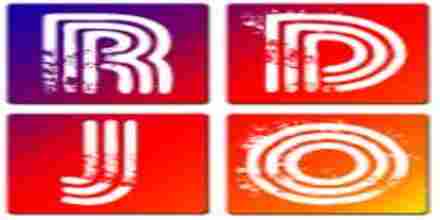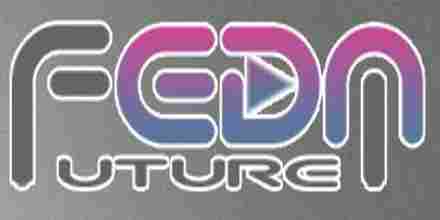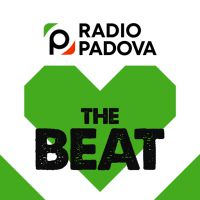Electronic Dance Music (EDM) is a broad range of percussive electronic music genres made largely for nightclubs, raves, and festivals. It is generally produced for playback by disc jockeys (DJ) who create seamless selections of tracks, called a mix, by segueing from one recording to another. EDM producers also perform their music live in concert settings.
The roots of EDM can be traced back to the late 1970s and early 1980s when disco music began to evolve into electronic forms. The development of synthesizers and drum machines allowed for the creation of entirely new sounds, leading to the birth of genres like house and techno in the mid-1980s. These genres originated in Chicago and Detroit, respectively, and quickly spread to Europe, where they continued to evolve.
House music is characterized by a repetitive 4/4 beat and often features synthesized basslines and drum machines. It emerged from the underground club scene in Chicago, with pioneers like Frankie Knuckles and Larry Levan playing a crucial role in its development. House music spread to New York City and other major urban areas, where it became popular in gay and African American communities.
Techno, on the other hand, is known for its mechanical, futuristic sound and often features faster tempos than house music. It originated in Detroit, with artists like Juan Atkins, Derrick May, and Kevin Saunderson forming the "Belleville Three" and laying the foundation for the genre. Techno's influence can be heard in various subgenres, including minimal techno, which emphasizes simplicity and repetition.
In the late 1980s and early 1990s, rave culture emerged in the UK and other parts of Europe. Raves were large, often illegal parties where DJs played a mix of house, techno, and acid house music. The rave scene was characterized by its hedonistic atmosphere, with attendees often taking ecstasy and other drugs to enhance their experience.
As EDM gained popularity in the 1990s, it began to diversify into numerous subgenres, each with its unique sound and style. Trance music, for example, is known for its euphoric melodies and build-ups, often featuring arpeggiated synth lines and a tempo of around 125-150 beats per minute (BPM). Subgenres like progressive trance and uplifting trance emerged, each with its distinct characteristics.
Dubstep, which originated in South London in the early 2000s, is characterized by its heavy basslines, syncopated rhythms, and sub-bass frequencies. It gained international popularity in the late 2000s and early 2010s, with artists like Skrillex and Bassnectar bringing it to mainstream audiences.
Drum and bass, another popular EDM genre, is known for its fast tempo (typically around 160-180 BPM) and complex drum patterns. It emerged in the UK in the early 1990s and has since evolved into various subgenres, including liquid funk, neurofunk, and jump-up.
In recent years, EDM has become a global phenomenon, with massive festivals like Tomorrowland, Ultra Music Festival, and Electric Daisy Carnival attracting hundreds of thousands of attendees each year. The genre's popularity has also led to the rise of superstar DJs like David Guetta, Calvin Harris, and Tiesto, who command enormous fees for their performances.
Despite its mainstream success, EDM remains a diverse and ever-evolving genre, with new subgenres and styles emerging constantly. From the underground club scene to massive festivals, EDM continues to captivate audiences worldwide with its infectious beats and innovative sounds. Whether you're a fan of house, techno, trance, dubstep, or any other EDM subgenre, there's always something new and exciting to discover in this dynamic and vibrant musical landscape.
 1.6k
Edm 192 kbps MP3
1.6k
Edm 192 kbps MP3 1.3k
1.3k
 1
Switzerland, Zurich Edm 128 kbps MP3
1
Switzerland, Zurich Edm 128 kbps MP3


